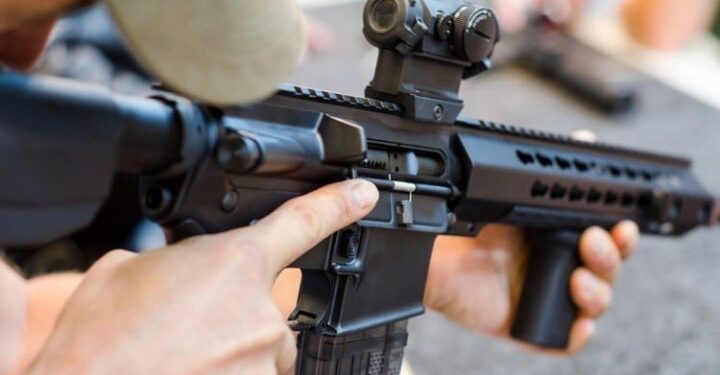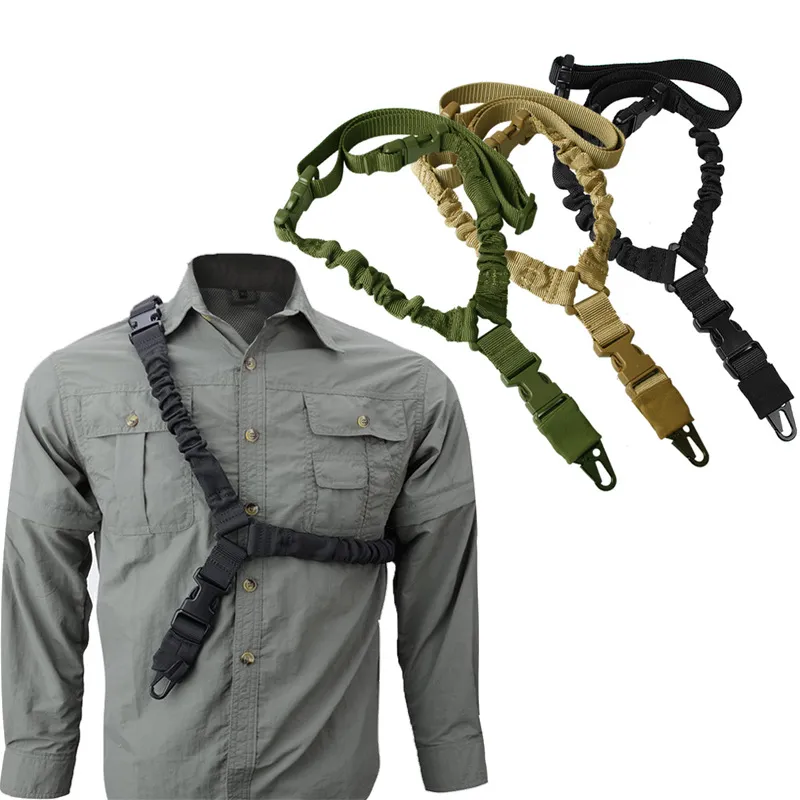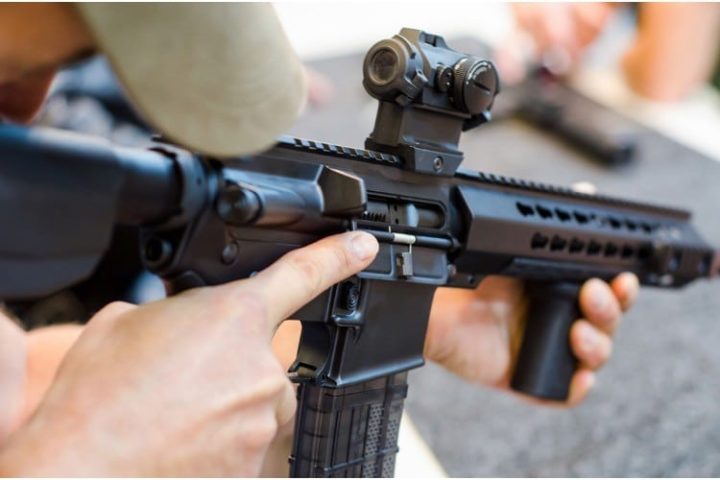
A federal judge ruled Tuesday that the Biden administration “exceeded its statutory authority” by reclassifying certain types of rapid-firing triggers as machine guns, thereby making them illegal.
U.S. District Judge Reed O’Connor of the Northern District of Texas vacated the Bureau of Alcohol, Tobacco, Firearms and Explosives’ (ATF) “unlawful” classification of forced-reset triggers (FRTs) as machine guns and ordered the agency to return any seized FRTs to their rightful owners.
According to the Daily Caller, an FRT “is a firearm component that allows the trigger to reset more quickly than a regular trigger by forcing it back to its starting position after it is fired. The mechanism enables a shooter to fire multiple shots at a faster rate without converting the weapon into a fully automatic firearm.”
The statutory definition of a “machinegun” (spelled as a single word in O’Connor’s decision) is a weapon that shoots “automatically more than one shot … by a single function of the trigger.” The manufacture, sale, or possession of a machine gun is a federal felony in most circumstances.
In 2018, following the Las Vegas mass shooting, the ATF, at then-President Donald Trump’s command, reinterpreted “a single function of the trigger” to mean “a single pull of the trigger and analogous motion” and subsequently began classifying certain types of firearms as machine guns under that definition. Three years later, the Biden administration decided that FRTs also qualified as machine guns and began taking action against FRT manufacturers, sellers, and owners. Some of those targeted by the administration, led by the National Association for Gun Rights (NAGR), sued.
Plaintiffs’ Argument
The plaintiffs’ argument was simple and straightforward. The law says a gun must “automatically” fire multiple times with a “single” trigger pull to qualify as a machine gun. FRTs only enable the shooter to fire more rapidly than he otherwise could; he must still pull the trigger for each shot he wishes to fire. Ipso facto, an FRT does not qualify as a machine gun under the relevant statutes.
Basing his decision largely on the Supreme Court’s recent Garland v. Cargill ruling, in which the court found the ATF’s expanded definition of “machinegun” invalid, at least as applied to bump stocks, O’Connor declared that the “Plaintiffs are correct.”
“Cargill,” he wrote, “emphatically rejected the ATFs interpretation of machinegun.”
“FRTs do not fire multiple rounds with a single function of the trigger and, thus, do not qualify as machineguns,” he declared.
Moreover, the ATF’s reinterpretation of the law contradicted the law’s text, he found. “Because of this contradiction, the ATF’s broadened definition of machinegun — and subsequent classification of FRTs — is unlawful.”
The administration contended that FRTs qualify as machine guns because they fire at roughly the same rate and have no disconnector. “But these arguments are foreclosed by the statutory definition and Cargill,” penned O’Connor. “If Congress wants to amend the statutory definition in the future to define machineguns based on rate of fire or absence of a disconnector, it knows how to do so.”
Furthermore, he observed:
There is no denying the tragic nature of the Las Vegas shooting that motivated the Final Rule. But no matter how terrible the circumstances, there is never a situation that justifies a court altering statutory text that was democratically enacted by those who are politically accountable. That responsibility belongs exclusively to Congress. The Constitution assigns such legislative choices to the appropriate elected officials not life-tenured judges and unelected bureaucrats. Rather than respect this intentional feature of our democratic system, Defendants chose to advance an [sic] policy agenda wholly divorced from the … statutory text. Thus, to allow Defendants’ unlawful action to stand would be to functionally rewrite the [law]. That is not how our democratic system functions. [Emphasis in original.]
O’Connor’s exasperation with the administration is evident throughout his opinion, in which he expends a significant amount of ink responding to its specious arguments.
Government’s Response
As usual, the government alleged that its adversaries had no standing to sue. The administration claimed it had no current plans to prosecute anyone merely for possessing an FRT, yet it had sent threatening letters to FRT owners and dispatched agents to get them to “voluntarily” surrender their FRTs. Instead, it said it was only going after “large-scale manufacturers and sellers of FRTs” while simultaneously contending that they were not implicated in the lawsuit. The administration further argued that courts had no authority to review agency actions before they have been enforced, a notion of which O’Connor made short work.
The government also tried to exclude evidence outside the ATF’s own deliberative process, such as expert testimony on FRTs, even though it made its decision without any input from the public. This, noted the judge, represents “little more than a thinly veiled backdoor effort to import Chevron-style deference into this case” — a practice the Supreme Court recently discarded.
Hannah Hill, executive director of the National Foundation for Gun Rights, the NAGR’s legal arm, heaped praise on O’Connor’s decision.
“We are absolutely thrilled that the court has dealt such a decisive blow to the ATF’s unconstitutional agency overreach. The ATF under the Biden/Harris regime has utterly trampled the Constitution and the rule of law in their eagerness to destroy the Second Amendment,” she said in a statement. “The ATF may appeal this ruling, but precedent and momentum are both on our side, and we fully anticipate the absolute end of the ATF’s unlawful, unconstitutional ban on forced reset triggers.”
Shop For Night Vision | See more…
Shop For Survival Gear | See more…
-
Sale!

Stainless Steel Survival Climbing Claw Carabiner Multitool Folding Grappling Hook
Original price was: $19.99.$9.99Current price is: $9.99. Add to cart -
Sale!
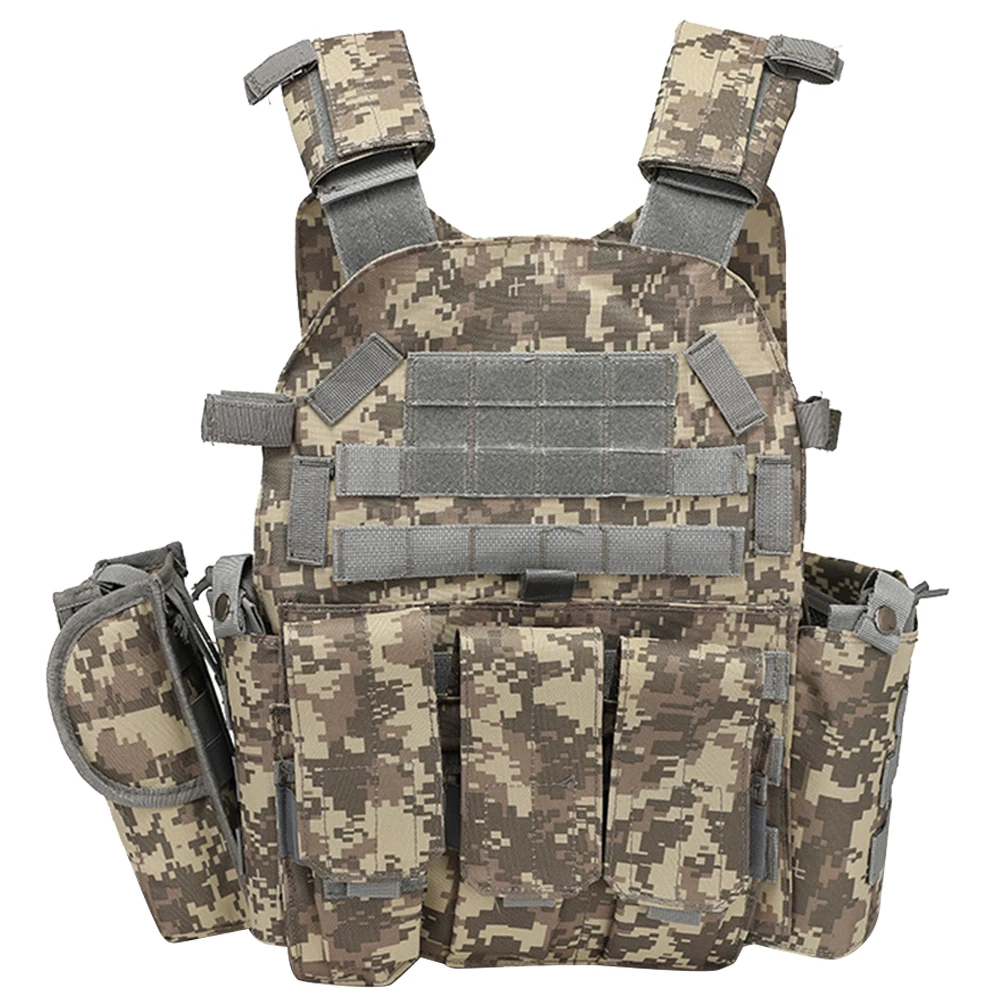
Tactical Camo Nylon Body Armor Hunting Vest With Pouch
Original price was: $49.99.$39.99Current price is: $39.99. Select options This product has multiple variants. The options may be chosen on the product page









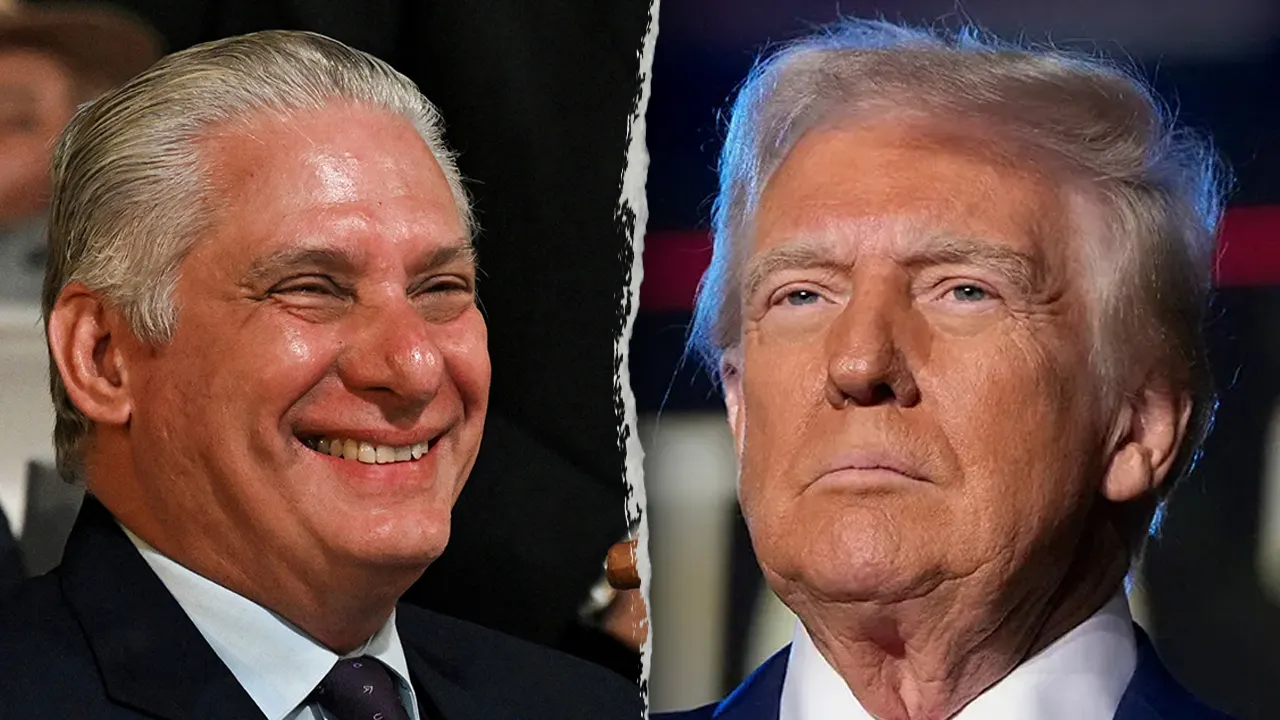























 Reaction & Commentary
Reaction & Commentary




